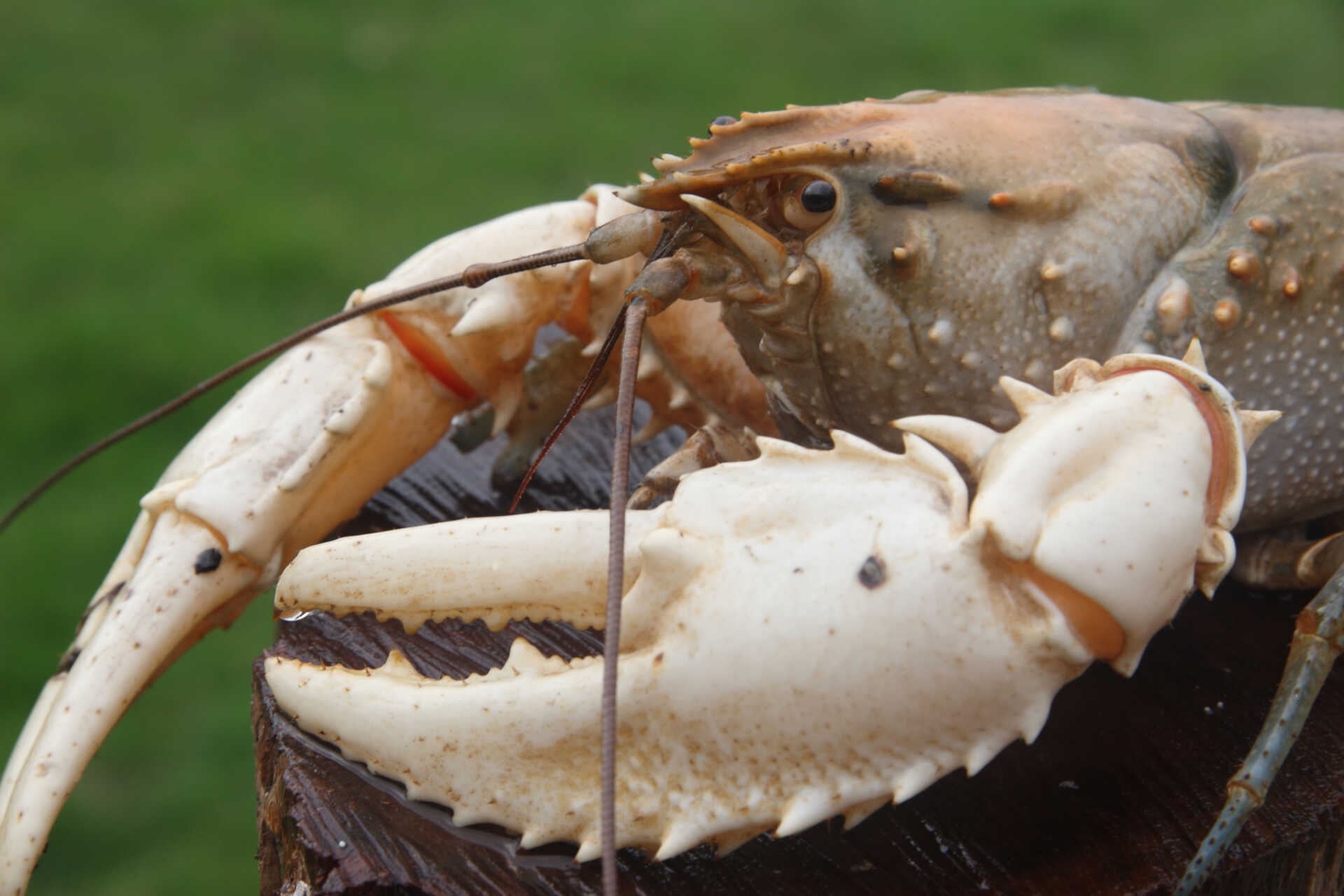OzFish response to blackwater event in the Murray

It’s always a distressing moment when we have to deploy our Fish Emergency Recovery Teams. Doing so is always a last resort and indicates that native fish are in distress and under severe and imminent threat.
Unfortunately, that’s the current situation in Echuca and Swan Hill along the Murray River in New South Wales. A hypoxic blackwater event has occurred and is having a devastating effect on fish in the waterway.
OzFish has been granted permission by NSW Department of Primary Industries Fisheries to commence a relocation and recovery operation from Thursday 27 October. Our Fish Emergency Recovery Team will recover as many Murray freshwater crayfish as possible, before providing them to NSW DPI Fisheries for relocation.
Please leave recovery and relocation activities to OzFish and other authorised parties. It’s illegal to relocate fish and aquatic life without approval, and by picking them up or moving them you may actually cause them more distress.
You can be part of the approved recovery effort by joining OzFish and helping the activity being coordinated by our Fish Emergency Recovery Team. Just get in touch with us at info@ozfish.org.au
What is a blackwater event?
With the recent heavy rains and subsequent floods, it was anticipated that a hypoxic blackwater event similar to what occurred in 2010/11 could be on the cards.
Blackwater events occur naturally when floods wash leaves, grass and other organic materials off riverbanks and floodplains, and into waterways. In small amounts, this is actually an excellent food source for fish and other aquatic organisms. It’s an integral part of the floodplain food web.
However, when floods of a significant magnitude occur, the volume of organic matter being swept into waterways increases and becomes a problem. The risk of this occurring has increased because major changes to the function of rivers due to regulation, altered floodplains, and changed flows means more organic matter ends up in Australia’s waterways.
When the organic material begins to decompose, the bacteria on it uses up the oxygen in the water and fish have less dissolved oxygen available to them. This can happen across the floodplain and then move into the river, or within the river itself.
It is this deoxygenated water that has led to the heartbreaking scenes of large Murray cod and Golden perch floating lifeless, and Murray crayfish walking from the water in an effort to survive.
Once out of the water, taking sanctuary on riverbanks, trees, or logs, crayfish are extremely vulnerable to land-based predators and illegal harvesting.
Hypoxic blackwater events can happen quickly and are usually short-lived, but their impact can be devastating and lasting.
What is the long-term impact?
We expect this event will have an ongoing negative impact on crayfish and native fish populations in the affected stretches of river. Murray crayfish are slow growing, taking up to nine years to reach maturity, so the loss of juveniles will reduce the population’s future breeding potential.
The timing of this event is likely to worsen its impact too – with this being when crayfish eggs begin to hatch. Mature female crayfish carry their eggs and juveniles under their tails which means these are also at high risk when the female is forced to exit the river.
It has taken more than a decade for Murray crayfish populations in the affected area to display signs of recovery after a similar hypoxic blackwater event occurred in 2010/11 and it’s sad to say this event may likely undo that recovery.
What can be done to help the recovery?
Our Fish Emergency Recovery Team will seek to save and relocate as many crayfish as possible, with these being re-introduced to the river when it is safe.
It will be key to the prospects of those crayfish that they have healthy habitats to return to. In addition to saving them from the event, OzFish will be working hard to ensure healthy habitat is restored to the hardest hit areas.
This will help to improve the breeding prospects of the remaining crayfish as we support the recovery of their population in the wake of this harmful event.
Right now, you can help us by letting us know where the crays are appearing. Email us at info@ozfish.org.au or tag us on social media channels via @OzFishUnlimited
Equally important is playing a role in the monitoring of your local waterway. By gaining a greater understanding of how rivers respond to floods, it helps to inform the review and adaptation of river management in the future.
We want you to watch out for any fish kills in your local area and report it to the relevant local authority, or contact us here at OzFish and we’ll do it for you.
The OzFish Fish Emergency Recovery Teams are working in conjunction with NSW DPI Fisheries and the Murray Darling Basin Authority with funding support from our major partner BCF – Boating Camping Fishing.
You can get involved directly in the emergency response by joining one of our Fish Emergency Recovery Teams.
